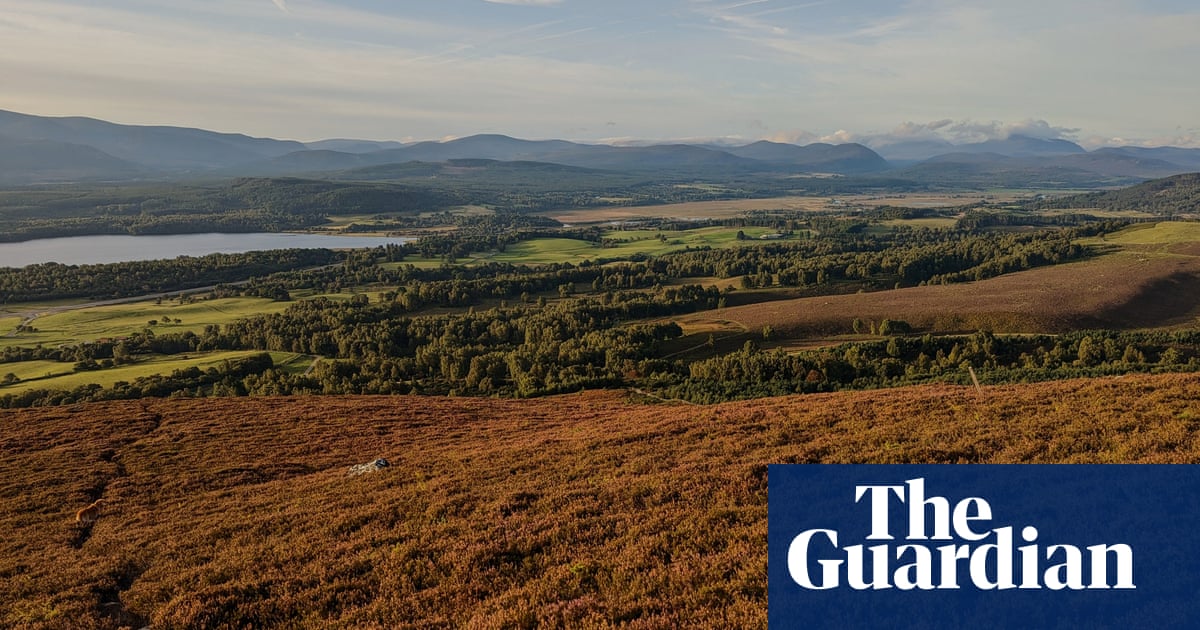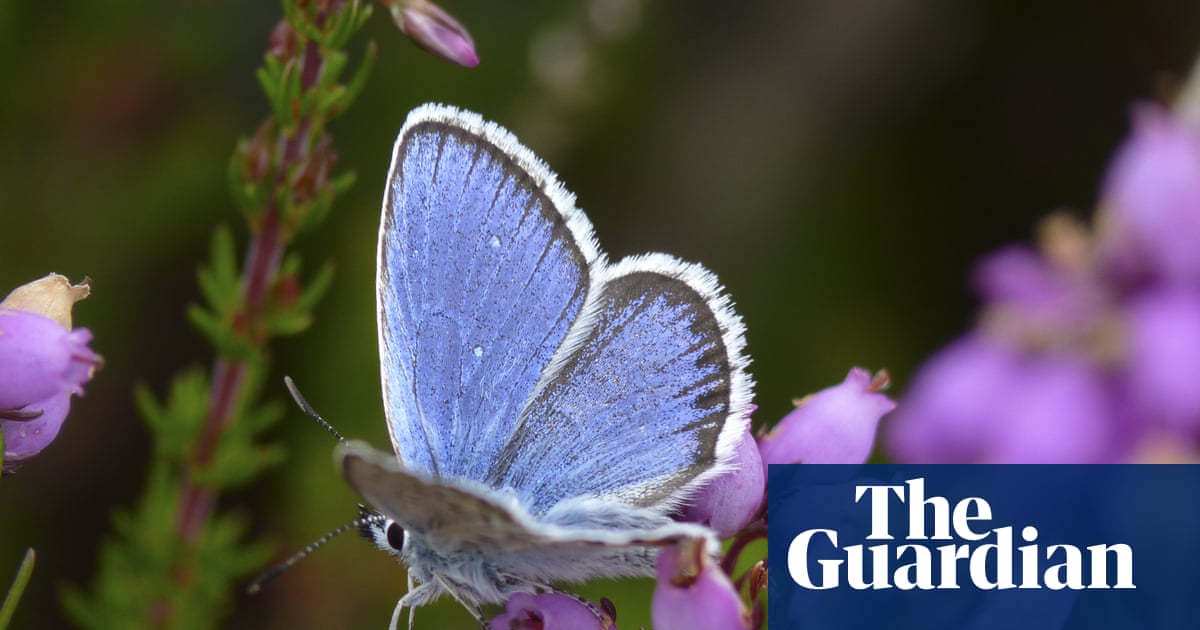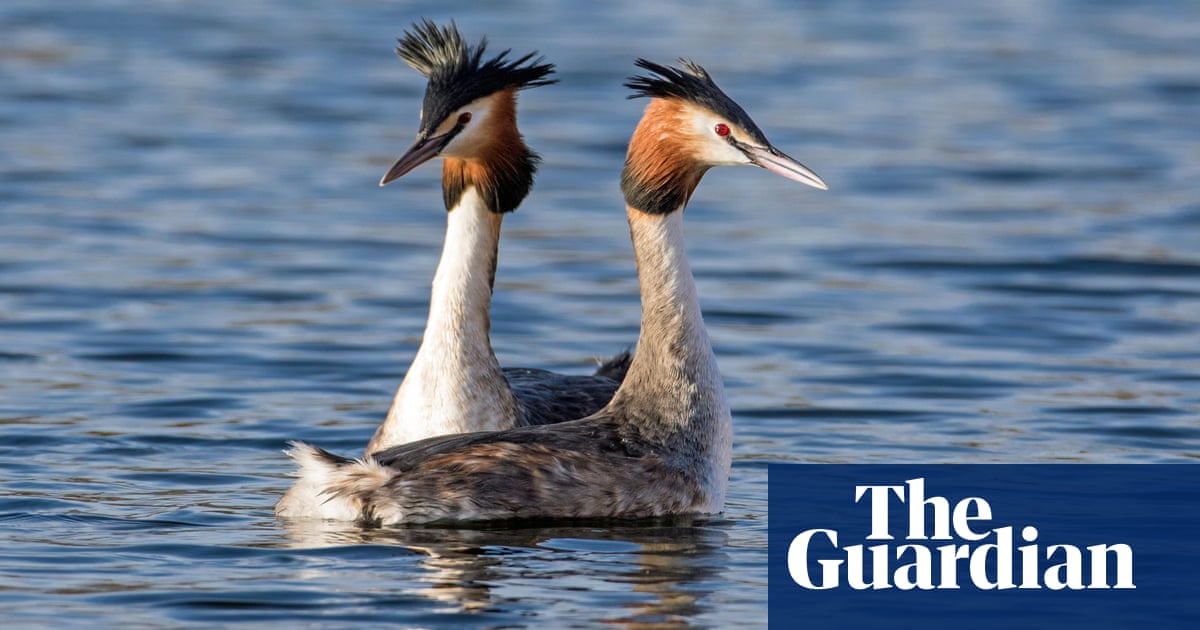
At long last, the sunshine warms my back, as I take the narrow lane past the church of St Ffraed/St Bridget, whose slate-hung walls pay silent testament to the uncompromising weather of this coast. Tightly trimmed hedges crown the double-walled stone banks that bound the track, the smooth water-rounded cobbles sourced from the beach only a few hundred yards away.
Below compact patches of snowdrops, the wheel ruts are full of turbid rainwater from the recent storms, and it’s a relief when the route opens out into a series of large fields. From the west, the constant roar of surf across the shelving beach merges with the strong breeze sweeping through and patterning the grass.
This close to the sea, spring growth in the gently sloping pasture is already under way – with the grass well above the toes of my boots. The stone banks here have been infiltrated by generations of rabbits, their tunnels forming a labyrinth in the earthen core of the walls.
Crossing a low rise, I surprise a buzzard perched on the top of the hedge, it lifts slowly with long, measured wingbeats before circling away to the north. In the next field, a group of three curlews call and swoop low across the grass, causing brief confusion among a noisy party of starlings, which lift, swirl and drop again in their wake.
The low cliffs along this coast are eroding quickly, and the 19th-century lime kilns now appear perilously close to the retreating edge. Almost overgrown with briar, these four remnants of a crucial historic trade stand out for the sheer quality of their stonework – the blocks dressed and tightly set despite being abandoned for over a century, when the coming of the railway offered cheaper, simpler fertiliser solutions for farmers.
Dropping down towards the sea, the path follows the crest of a pebble beach, torn and hollowed by the last storm – with great tongues of stone and debris inundating a neighbouring field of root crops.
The loose cobbles make for difficult walking, and the way feels much longer than it is, but eventually I turn wearily inland towards Llanrhystud – the sound of the sea slowly fading behind me.












